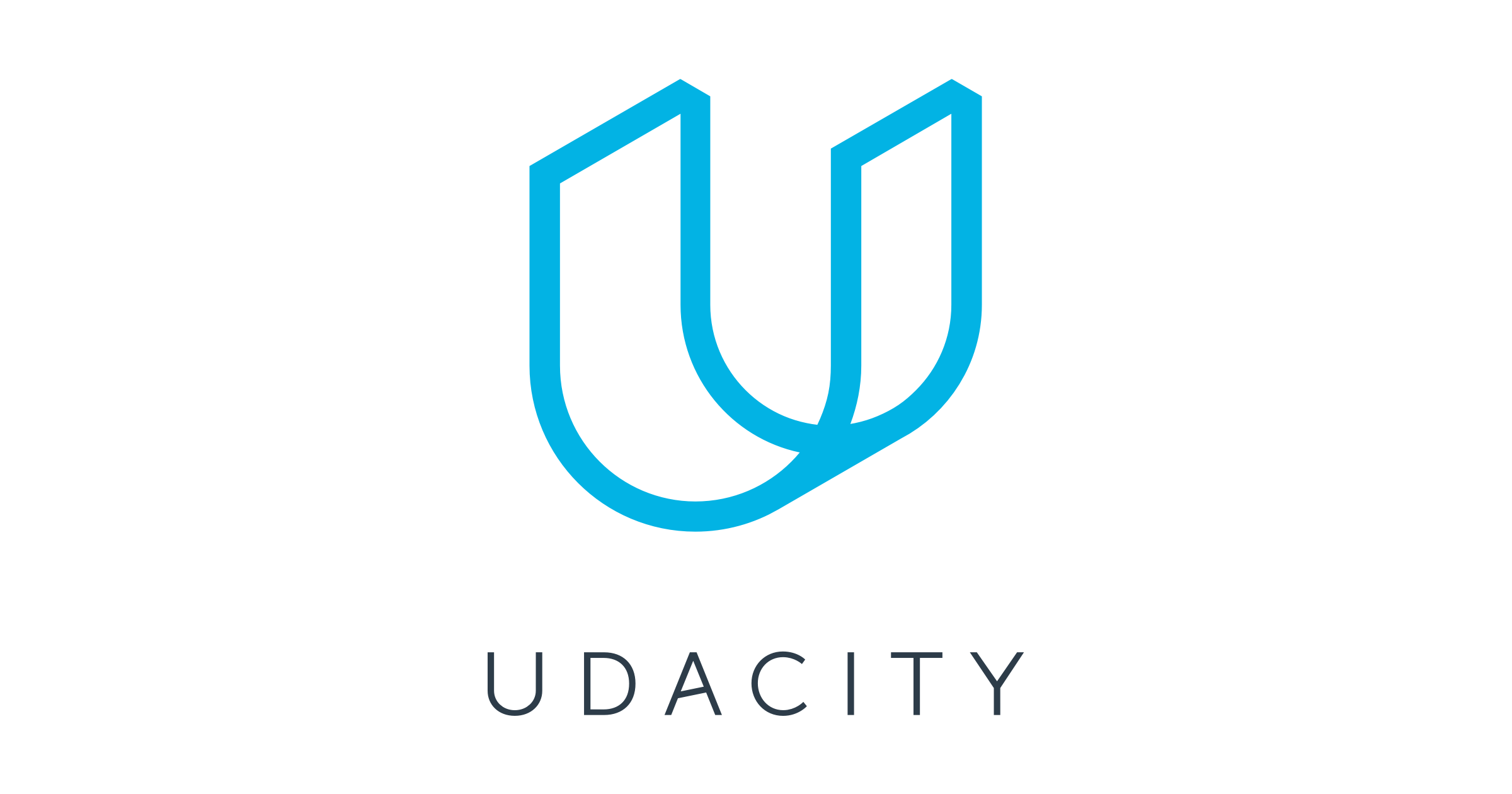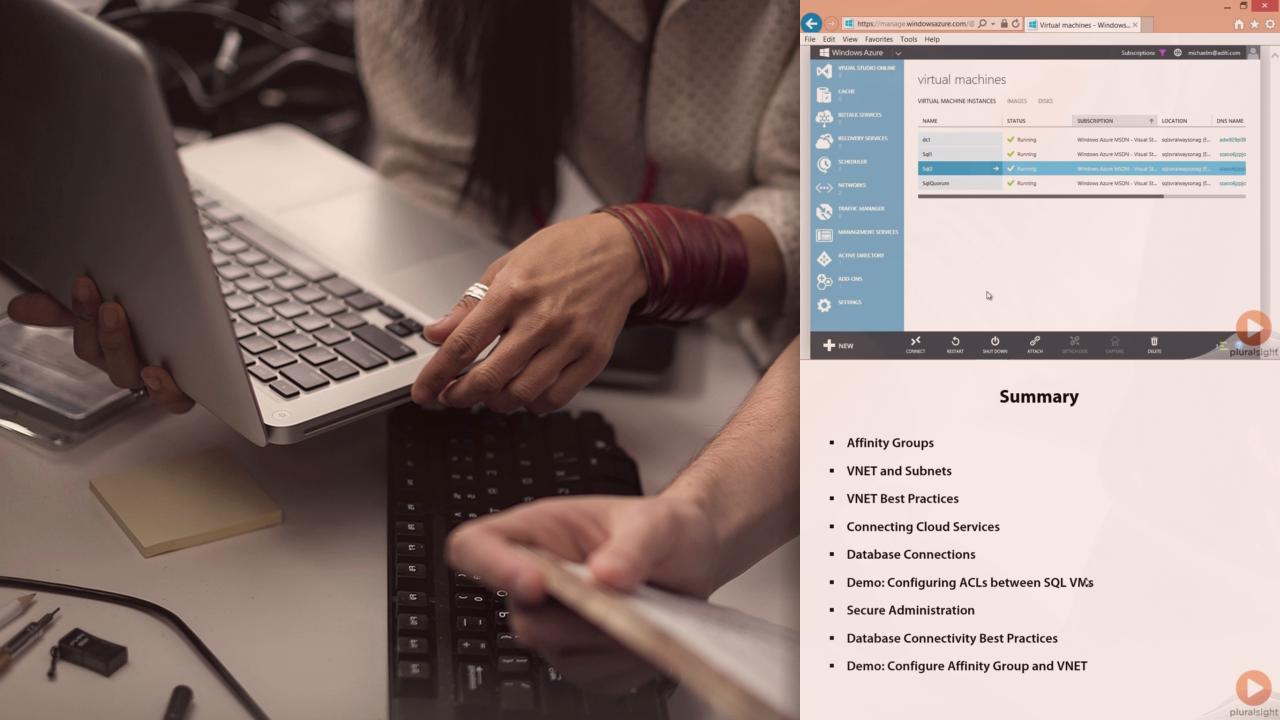Description
In this course, you will :
- teaches you how to use them to standardise and model time series data
- windowing and the distinction between sliding and tumbling window calculations
- Discover how SQL constructs like OVER and PARTITION BY can help to simplify analysis, as well as how denormalization can be used to augment data while avoiding joins.
- Learn about optimization techniques such as indexing.
- time series analysis techniques such as previous time period comparisons, moving averages, exponential smoothing, and linear regression are introduced.
Syllabus :
1. Introduction to Time Series Data
- Characteristics of time series data
- Examples of time series data
- Writing time series data
- Querying time series data
2. Installing Database and Tools
- Installing PostgreSQL
- Creating schema and tables
- Timing a query
- Evaluating query performance with EXPLAIN
3. Querying Time Series Data
- Time window queries and aggregates
- Sliding windows
- Tumbling windows
- Joining two time series
- Denormalizing time series data
4. Modeling Time Series Data
- Example data set 1: Temperature by time and location
- Indexing data set 1: Time index only
- Indexing data set 1: Time and location index
- Creating a partitioned table
- Querying a partitioned table
- Example data set 2: CPU utilization and application type
- Indexing data set 2: Time and type Indexing
5. Commonly Used Functions for Time Series
- Lead
- Lag
- Rank
- Percent rank
6. Time Series Analysis
- Common Table Expressions and recursion
- Calculating aggregates over windows
- Previous day comparison
- Moving averages
- Weighted moving averages
- Forecasting with linear regression
- Exponential moving average









